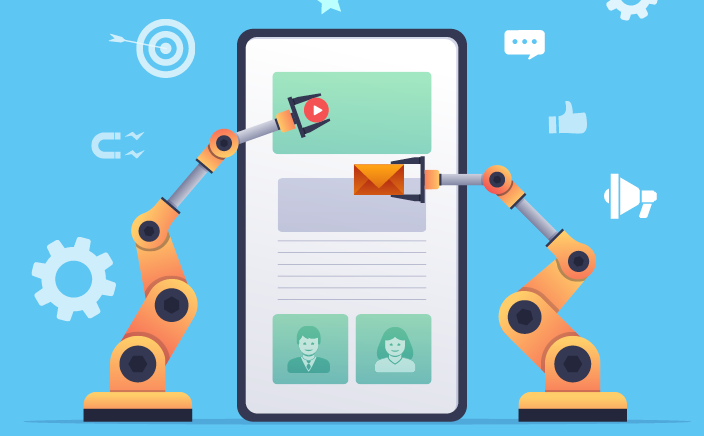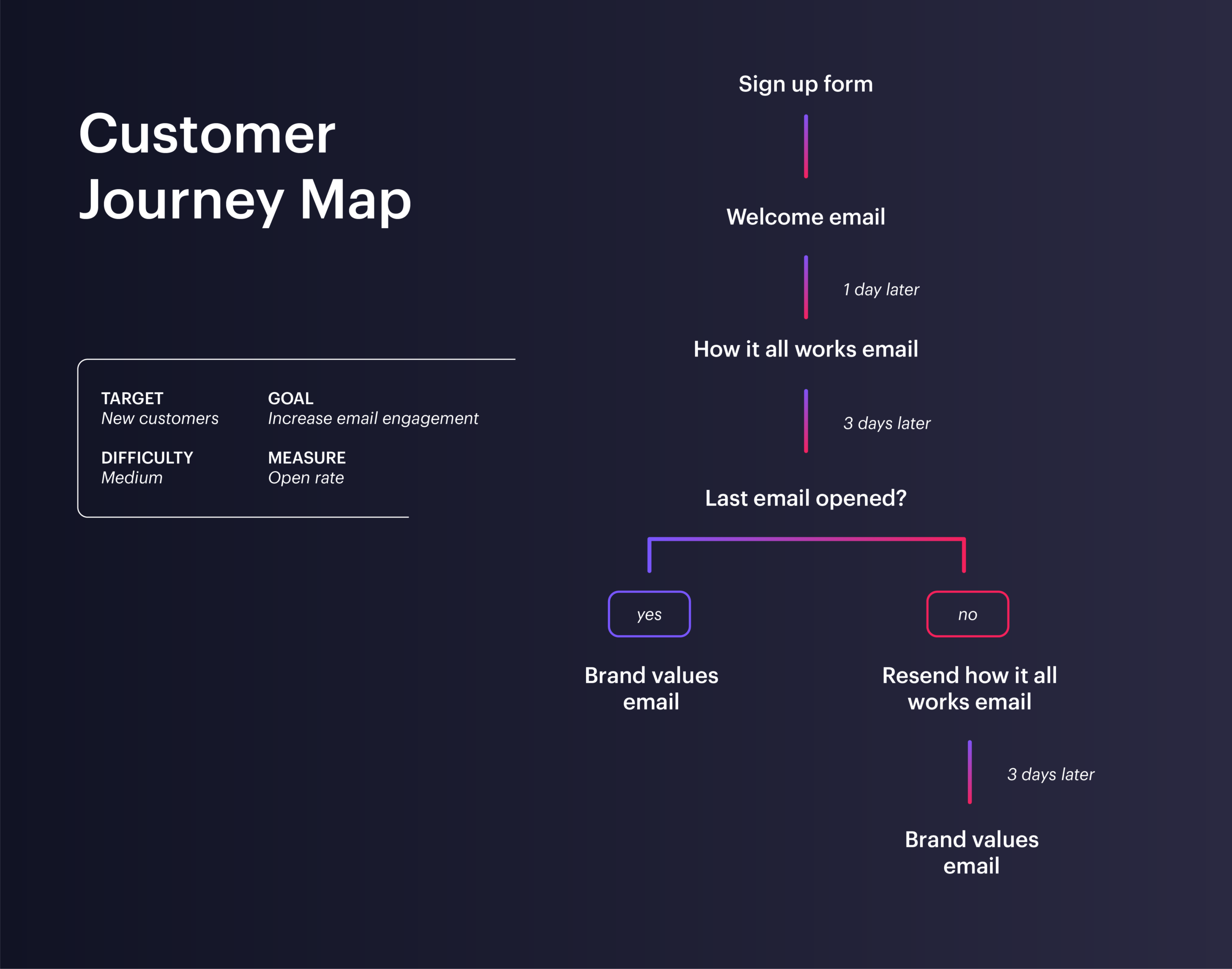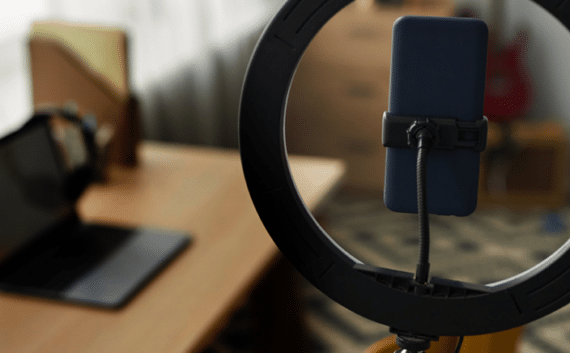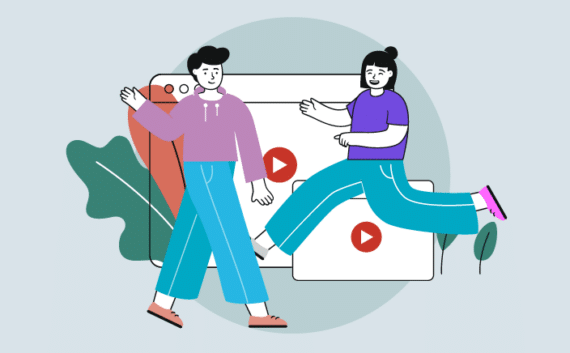
Email marketing has been, and continues to be, a vital component of any brand’s marketing strategy.
And while for the most part, email marketing is utilised for transactional and one-off campaigns – such as sales promotions and newsletters – it can also be a powerful resource for improving your customer journey with automated communications to prompt, remind or check in with your audience.
Marketing automation lets you achieve just that, with targeted communications that send automatically based on pre-defined behaviours and triggers – delivering the right message, to the right person, at the right time.
Email Marketing vs. Marketing Automation
While both email marketing and marketing automation platforms use ‘email’ as the primary method for engagement with your audience, they are quite different in terms of their overall purpose as well as features and capabilities.
Email marketing platforms can be quite basic and are designed for straight-forward, singular email blasts with limited reporting metrics such as open rates, clicks and so on.
A marketing automation platform harnesses data from interactions that occur outside of your customer’s inbox, including connecting to your CRM, website interactions, transactional events and engagement with your paid social campaigns. It can act as a scorecard for leads in your database, monitoring behaviour across these channels so you can find your most engaged and valuable customers. All this data can be collected into one platform and leveraged to create highly personalised and timely email campaigns. Plus, a marketing automation platform can also leverage SMS and outbound calls to reach your customers, and even be utilised to produce custom landing pages and website content that is directly connected to your database.
Most importantly, marketing automation gives you the ability to automate your marketing processes, enhance your customer journey and be scalable as your brand grows.
Not all platforms are created equal, and while some email marketing providers will enable you to create basic automated email campaigns, they are not nearly as powerful as a marketing automation platform.
As we move closer to a cookie-less future, your first-party owned data is becoming more vital than ever to an effective marketing strategy. With marketing automation, you can enrich your customer data, enabling you to better connect with your customers when it matters most.
Customer Journeys with Marketing Automation
Marketing automation and the customer journey go hand-in-hand, with email being one of the key channels to help transition your customer along the marketing funnel towards conversion. One of the most effective ways to do this is through email nurtures.
An ‘email nurture’ refers to an automated series of emails that are sent to your subscribers based on user behaviour. They are sometimes also referred to as ‘nurture campaigns’ or ‘email journeys’ because they nurture the subscriber with relevant messaging that responds to their interaction. They are similar to, but not the same as, ‘drip campaigns’ which are automated email series that are completely reliant on a schedule, regardless of the subscriber’s interaction. Both types of automated email campaigns are important but email nurtures enable you to get to know your audience and develop a thriving database of customers.
There are several types of email nurtures used across both B2B and B2C marketing, some of the most common are:
Sales Funnel Nurture
Obtaining a lead is no small feat, and while interest is at its peak, your email nurture should start right away to introduce them to your brand’s product and services or motivate them with an enticing offer. This email nurture can guide subscribers through the sales funnel by providing the information they need to incentivise purchase.
While a standard sales nurture could be mostly time-based (e.g. “Send After 3 Days”), you can also incorporate triggers based on subscriber activity (e.g. “Opened Email = Yes”) so that your more engaged leads are rewarded and presented with more relevant content and messaging based on their interaction.
Onboarding Journey
An onboarding journey usually follows a conversion, where a subscriber becomes a customer. Take this opportunity to say a little thanks, and provide your new customer with all the information they might need straight away. In eCommerce, this would typically be an order confirmation followed by shipping updates, but for service-based brands, this could be a warm welcome, with ‘how to’ instructions or support information.
First impressions are vital and set the tone for the rest of the onboarding journey. Offering guidance and reassurance to your customers early on will help maintain retention, and with email nurture, you can set up different workflows for your engaged customers than your disengaged customers to ensure your messaging and cadence is hitting the mark.
Re-Engagement Emails
Is there a dark and dusty corner of your email list where the subscribers have sat stagnant for months or even years? A re-engagement campaign is targeted towards inactive subscribers to rouse them back to life. This can be particularly effective if you make a more personalised call-out in the subject line or an enticing offer that motivates the user back into your active pool of subscribers.
With marketing automation, this could be set up to trigger based on the user’s inactivity after a period of time, then funnel them into new audience segments based on their engagement with the email.
So once you know what email nurture your brand needs, how do you know what triggers you should prioritise? That’s where customer journey mapping comes in.
What is Customer Journey Mapping?
Before you can start building your emails and getting to the nitty-gritty of developing content, you should map out your customer journey for the specific email nurture you’re looking to create.
A customer journey map is a simple visual tool to illustrate the steps your customer will take through your email nurture. It helps you to prioritise what content is sent when, and in what order, and what actions and inactions trigger another email. This then becomes a ‘map’ as steps begin to branch out into new arms that best respond to the behaviours of the subscriber at that given point in time.
To start your customer journey map – begin with the end in mind. What is your end goal for this email nurture? Is it to welcome and introduce them to your brand? Is it to convert leads into paying customers, or nurture existing customers to repurchase?
Once you have set a goal, you can then outline the steps of your customer journey and define the timing, triggers and rules that send your subscriber through each stage of the email nurture.
Example Customer Journey Map:

Image credit: Campaign Monitor
By mapping all this information out, it will provide you with a clearer understanding of your desired process and give you a top-level view of the content that needs to be developed across the various emails. Customers in different stages of the marketing funnel have distinctly different needs and so your email content should reflect both the stage they are in as well as encourage them to move forward to the next stage. Your customer journey map can also be a blueprint against which you review potential pain points, gaps, or drop-off in your email nurture.
Need help with your Marketing Automation?
Marketing Automation can be a powerful tool for your brand, if you know how to leverage it. When used effectively, it can help you market to existing and prospective customers at scale with relevant, personalised and timely communications that nurture them towards conversion or retention, and ultimately increase your sales. In the long run, it can also help save you and your team time on manually sending out email blasts so you can focus more on tailoring your messaging and engaging with your audience with relatively low ongoing effort.
The automation part does only come after a lot of hard work, strategy, content generation and program implementation. It requires hands-on management and the platform itself can only automate what you tell it to.
This is where NOUS can help. As a Marketo certified partner with an in-house team of marketing automation experts, we know all the ‘ifs’, ‘ands’, ‘ors’ and ‘thens’ of automating your marketing communications. To get started, get in contact with us at [email protected] or call 07 3003 0722.





